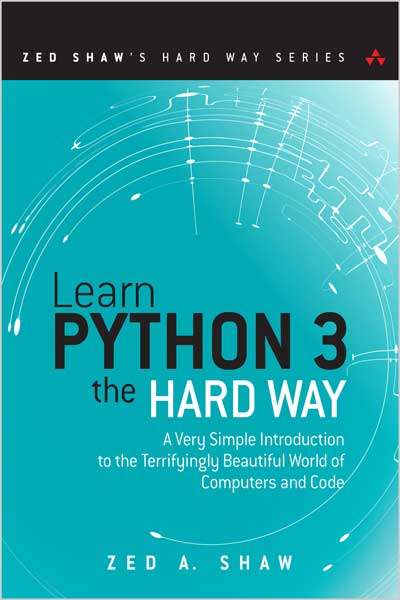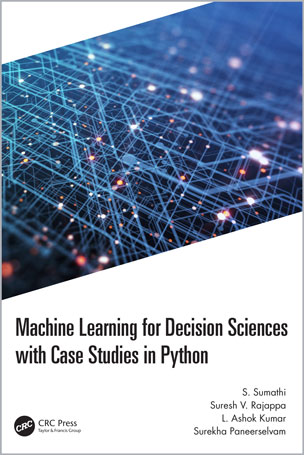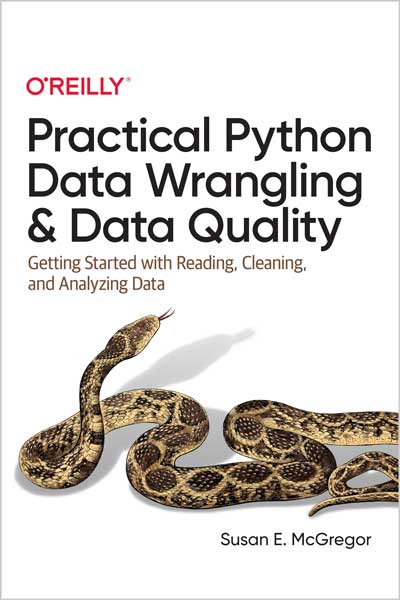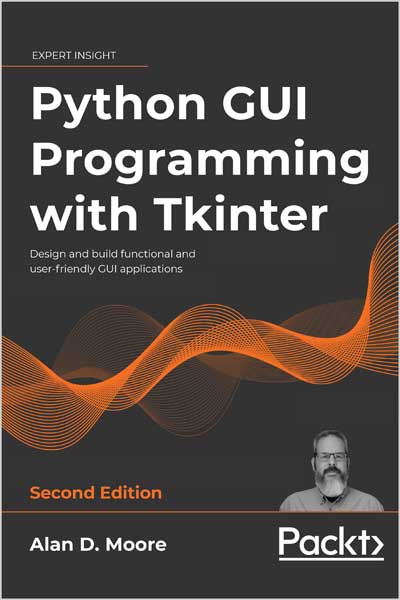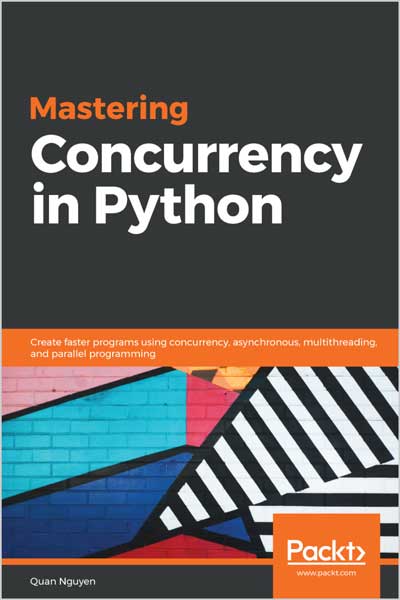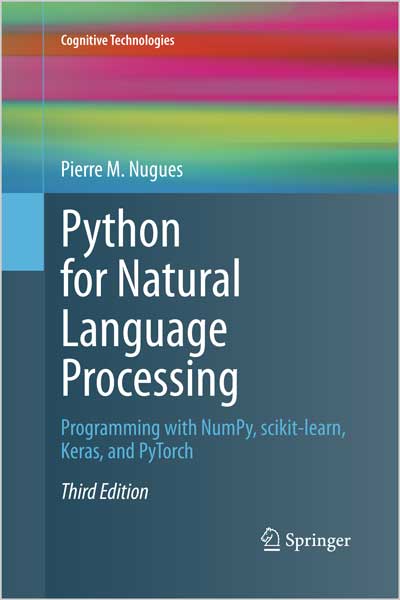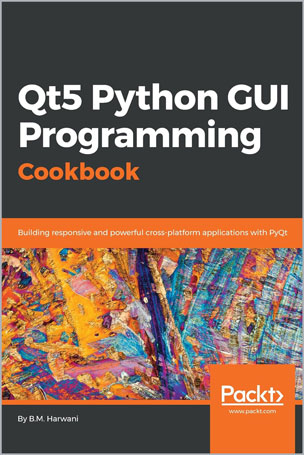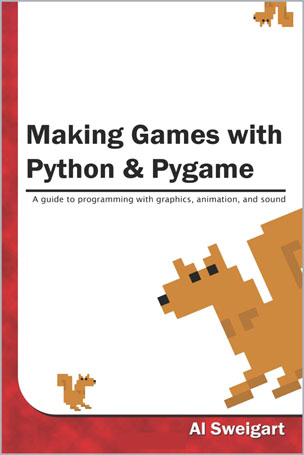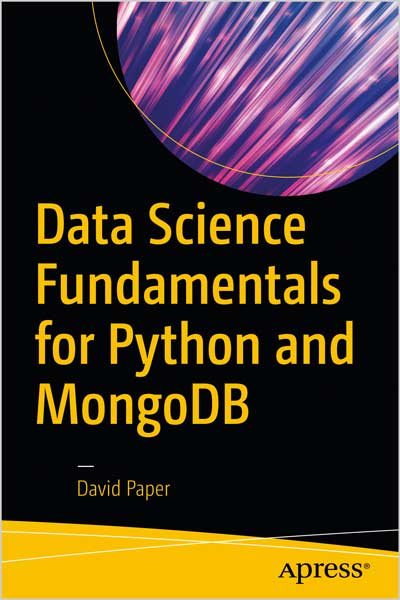Modern Computing in Simple Packages
Bill Lubanovic

#Python
#Introducing
#basics
#beginning
#debugging
#business
🐍 درگیر معمای کدنویسی شدهاید؟
چه در آغاز مسیر یادگیری باشید، چه از سطح مقدماتی فراتر رفته باشید یا توسعهدهندهای در سطح متوسط باشید، پیچیدگیهای کدنویسی گاهی مانند هزارتویی بیپایان به نظر میرسند. که خروجی برای آن پیدا نمیشود. با این حال، با پایتون میتوانید خیلی سریع شروع به نوشتن کد واقعی کنید — اما از کجا باید آغاز کرد؟
در این ویرایش سوم بهروزشده، بیل لوبرانویچ بهعنوان راهنمای شخصی شما در مسیر یادگیری پایتون، راهی روشن از میان ظرافتها و تواناییهای این زبان محبوب ارائه میدهد. این نسخه شامل فصلهای جدیدی دربارهی مدلهای هوش مصنوعی و بهینهسازی عملکرد است. کتاب بهگونهای نوشته شده که هم قابلفهم و لذتبخش باشد و هم علاوه بر آموزش مفاهیم پایه، با کاربردهای عملی، فاصلهی میان یادگیری و اجرا را از میان بردارد. با خواندن این کتاب، شما خواهید توانست:
- از ساختارهای دادهی پایه تا ویژگیهای پیشرفته را درک کنید.
- بینشی در استفاده از پایتون برای کار با فایلها، شبکه، پایگاهداده و علم داده بهدست آورید.
- نحوهی تست، اشکالزدایی، استفادهی مجدد از کد و سایر نکات کلیدی توسعه را بیاموزید.
- ببینید چگونه پایتون میتواند در کسبوکار، علم و هنر مورد استفاده قرار گیرد.
🧭 فهرست مطالب
بخش اول: دژ
- مقدمه
- انواع و متغیرها
- اعداد
- رشتهها
- بایتها و بایتارایهها
- دستورهای If و Match
- حلقههای For و While
- تاپلها و لیستها
- دیکشنریها و مجموعهها
- توابع
- اشیاء
- ماژولها و بستهها
بخش دوم: ابزارها
13. محیط توسعه
14. نشانههای نوع و مستندسازی
15. تست
16. اشکالزدایی
بخش سوم: مأموریتها
17. دادههای متنی
18. دادههای باینری
19. تاریخ و زمان
20. فایلها
21. داده در زمان: همزمانی
22. داده در فضا: شبکهها
23. داده در جعبه: ذخیرهسازی پایدار
24. وب
25. علم داده
26. هوش مصنوعی
27. عملکرد
✨ از پیشگفتار نویسنده
این سومین ویرایش از کتابی است که شما را با یکی از محبوبترین زبانهای برنامهنویسی جهان، پایتون، آشنا میکند.
ممکن است شما برنامهنویسی مبتدی باشید، یا تجربهی قبلی داشته باشید و بخواهید پایتون را به مجموعه زبانهای خود بیفزایید. در طول کتاب، گاهی پایتون با زبانهای دیگر مقایسه میشود تا فرضهای اشتباه دربارهی نحوهی کار آن، بهویژه در تفاوتهای ظریف، آشکار شود.
زبانهای برنامهنویسی برخلاف زبانهای انسانی، مختصرتر و دقیقتر هستند. پایتون یکی از آسانترین زبانها برای یادگیری، خواندن و نوشتن است. این زبان شامل دادهها (مشابه اسم در زبان گفتاری) و دستورها یا کدها (مشابه فعل) است. در فصلهای پیدرپی، با ساختارهای داده و کدهای پایهی پایتون آشنا میشوید، یاد میگیرید چگونه آنها را ترکیب کنید و به مفاهیم پیشرفتهتر برسید.
در این مسیر، شما هم زبان پایتون را خواهید آموخت و هم چگونگی استفادهی عملی از آن را. کتاب از هستهی اصلی پایتون و کتابخانهی استاندارد آن (مشهور به “باتریها همراهاند”) آغاز میشود و سپس به معرفی، نصب و بهکارگیری بستههای شخص ثالث مفید میپردازد. تمرکز نویسنده بر مواردی است که در طی ۲۰ سال تجربهی توسعهی واقعی با پایتون، بیشترین کاربرد را داشتهاند.
گرچه کتاب ماهیتی آموزشی و مقدماتی دارد، برخی موضوعات پیشرفته نیز بهصورت مقدماتی معرفی شدهاند تا دید گستردهتری به خواننده بدهند؛ از جمله پایگاهدادهها، وب، یادگیری ماشین، صفها و یونیکد.
نویسنده تأکید میکند که برخی ویژگیهای پایتون، نسبت به شیوههای معمول در زبانهای دیگر، کارآمدتر و طبیعیتر هستند — مثلاً استفاده از حلقههای for و تکرارگرها بهجای افزایش دستی شمارندهها.
در طول یادگیری، تمایز میان اصطلاحات کلیدی و مفاهیم عمومی دشوار است. بنابراین، نویسنده مفاهیم مهم پایتون را برجسته کرده و از همان ابتدا، نمونهکدهای واقعی پایتون را در متن گنجانده است.
او همچنین اشاره میکند که پایتون کامل نیست؛ در نتیجه، بخشهایی از کتاب به ویژگیهای عجیب یا نامطلوب اختصاص دارد و راهکارهای جایگزین برای آنها معرفی میشود.
👩💻 مخاطبان
گرچه داشتن تجربهی قبلی در برنامهنویسی مفید است، اما هدف نویسنده این است که حتی مبتدیان نیز بتوانند از کتاب بهره ببرند. پایتون زبانی عالی برای شروع است و برای شروع نیازی نیست تمام کتاب را بخوانید یا درک کامل از همهی مفاهیم داشته باشید.
🔄 تغییرات نسخهی سوم
این ویرایش بر پایهی نسخهی دوم است، اما تمام صفحات آن بهروز شدهاند:
- حذف فصلهای ۲۰ تا ۲۲ و پیوستهای A، C و E
- افزودن فصلهای جدید دربارهی هوش مصنوعی، علم داده و عملکرد
- گسترش بخش مربوط به محیطهای توسعه
- افزودن توضیحات دربارهی ویژگیها و اصلاحات جدید پایتون
- تأکید بیشتر بر استفاده از نشانههای نوع (Type Hints)
- بهروزرسانی مثالها و نکات تخصصی
- تبدیل فصل قدیمی ۱۹ (پایتونیستا بودن) به بخشی کامل در بخش دوم
👨🏫 دربارهی نویسنده
بیل لوبرانویچ (Bill Lubanovic) بیش از ۴۰ سال در حوزهی توسعه فعالیت دارد و در زمینهی لینوکس، وب و پایتون تخصص دارد.
او نویسندهی چندین کتاب شناختهشده از جمله:
- Fast API (از انتشارات O’Reilly)
- Linux System Administration
- و سه نسخه از Introducing Python است.
او بههمراه خانواده و گربههایش در کوههای Sangre de Sasquatch در ایالت مینهسوتا زندگی میکند.
Stuck in a coding conundrum? Whether you're an advanced beginner, an intermediate developer, or a curious newcomer, the complexities of coding can often feel like a labyrinth with no exit. With Python, however, you can start writing real code quickly—but where should you start?
In this updated third edition, Bill Lubanovic acts as your personal guide to Python, offering a clear path through the intricacies and capabilities of this much-beloved coding language, including new chapters on AI models and performance enhancements. Easy to understand and enjoyable to read, this book not only teaches you the core concepts but also dives into practical applications that bridge the gap between learning and doing. By reading it, you will:
- Understand everything from basic data structures to advanced features
- Gain insights into using Python for files, networking, databases, and data science
- Learn testing, debugging, code reuse, and other essential development tips
- Explore how Python can be utilized in business, science, and the arts
Table of Contents
Part I. Stronghold
- Chapter 1. Introduction
- Chapter 2. Types and Variables
- Chapter 3. Numbers
- Chapter 4. Strings
- Chapter 5. Bytes and Bytearray
- Chapter 6. If and Match
- Chapter 7. For and While
- Chapter 8. Tuples and Lists
- Chapter 9. Dictionaries and Sets
- Chapter 10. Functions
- Chapter 11. Objects
- Chapter 12. Modules and Packages
Part II. Tools
- Chapter 13. Development Environment
- Chapter 14. Type Hints and Documentation
- Chapter 15. Testing
- Chapter 16. Debugging
Part III. Quests
- Chapter 17. Text Data
- Chapter 18. Binary Data
- Chapter 19. Dates and Times
- Chapter 20. Files
- Chapter 21. Data in Time: Concurrency
- Chapter 22. Data in Space: Networks
- Chapter 23. Data in a Box: Persistent Storage
- Chapter 24. The Web
- Chapter 25. Data Science
- Chapter 26. AI
- Chapter 27. Performance
From the Preface
This is the third edition of a book introducing you to one of the world’s most popular programming languages: Python. You may be a beginning programmer, or have some experience and want to add Python to the languages you already know. Throughout the book, I’ll sometimes contrast Python with other languages, to catch assumptions about how it works, especially with subtle differences.
Computing languages are easier to learn than human languages—they’re more concise and precise. Python is recognized as one of the easiest computing languages to learn, read, and write. It consists of data (like nouns in spoken languages), as well as instructions, or code (like verbs). In alternating chapters, you’ll be introduced to Python’s basic code and data structures, learn how to combine them, and build up to more advanced ones. The programs that you read and write will get longer and more complex.
You’ll learn the language and what to do with it. We’ll begin with the core Python language and its “batteries included” standard library, and advance to finding, downloading, installing, and using some good third-party packages. My emphasis is on whatever I’ve found useful in 20 years of production Python development, rather than fringe topics or complex hacks.
Although this is an introduction, some advanced topics are included because I want to expose you to them. Areas like databases and the web are still covered, but technology changes fast. A Python programmer might now be expected to know something about machine learning, queues, or Unicode. You’ll find details here on all of these.
Python has special features that work better than adapting styles from other languages you may know. For example, using for and iterators is a more direct way of making a loop than manually incrementing a counter variable.
When you’re learning new material, it’s hard to tell which terms are specific rather than colloquial, and which concepts are truly important. In other words, “Is this on the test?” I’ll highlight terms and ideas that have specific meaning or importance in Python, but not too many at once. Real Python code is included early and often.
Python isn’t perfect. I’ll show you features that seem odd or that should be avoided—and offer alternatives you can use instead.
Audience
Although prior programming experience may be helpful, I want to make it possible for beginning programmers to benefit from this book. Python is an excellent first computing language, and you don’t need to read and understand all of this book to get started.
Changes in the Third Edition
Although this largely follows the shape of the second edition, I’ve brought every page up to date:
- Dropped chapters 20–22, and appendices A, C, and E
- Added chapters on AI, data science, and performance
- Expanded coverage of development environments
- Added discussion of recent Python features and fixes
- Emphasized the use of typing hints
- Updated many examples and arcane tidbits
- Expanded old Chapter 19 (Be a Pythonista) into a full Part II
About the Author
Bill Lubanovic has been a developer for over 40 years, specializing in Linux, the web, and Python. He authored the O’Reilly book Fast API coauthored Linux System Administration and wrote three editions of Introducing Python. Bill lives with his family and cats in the Sangre de Sasquatch mountains of Minnesota.
